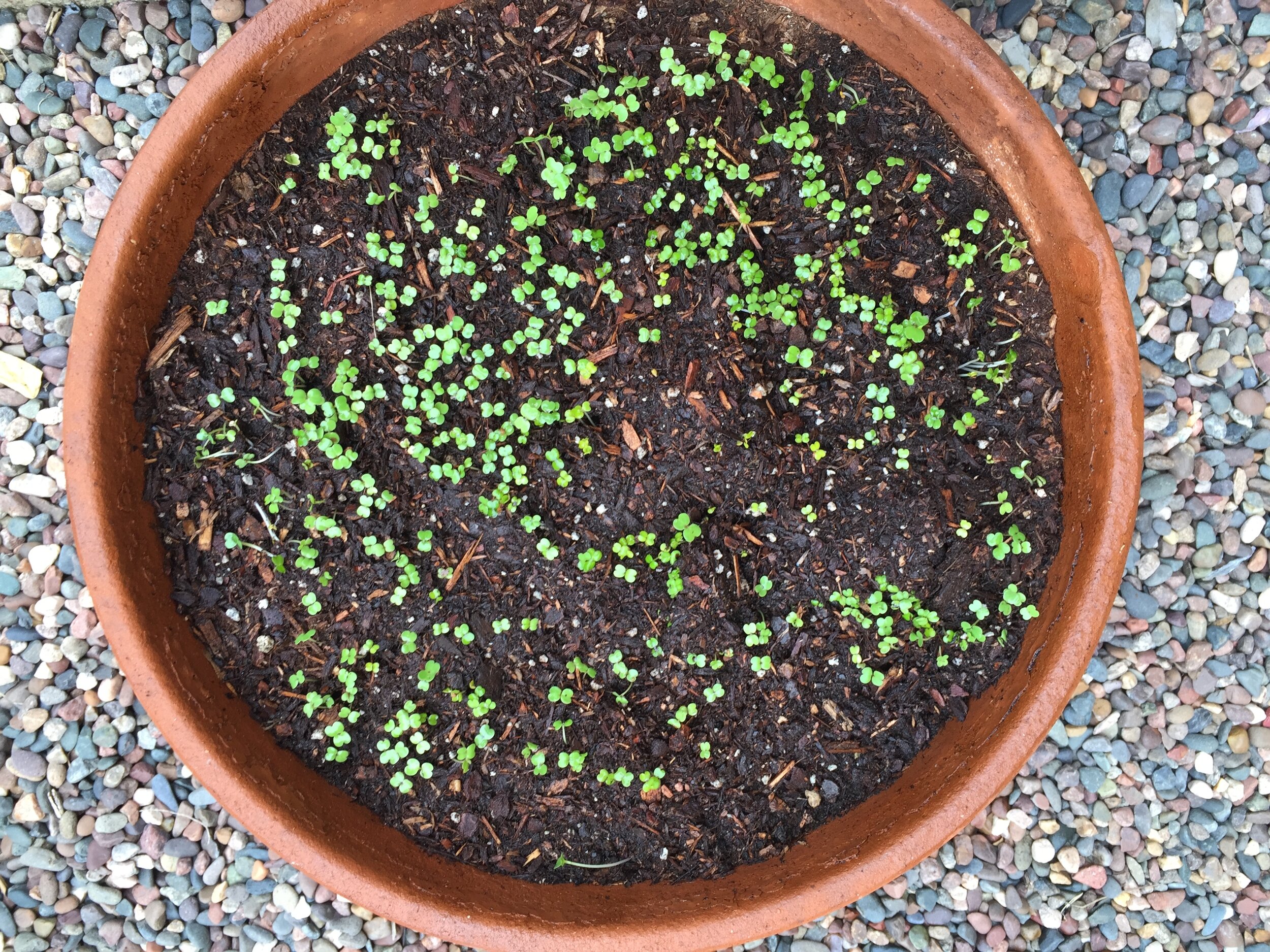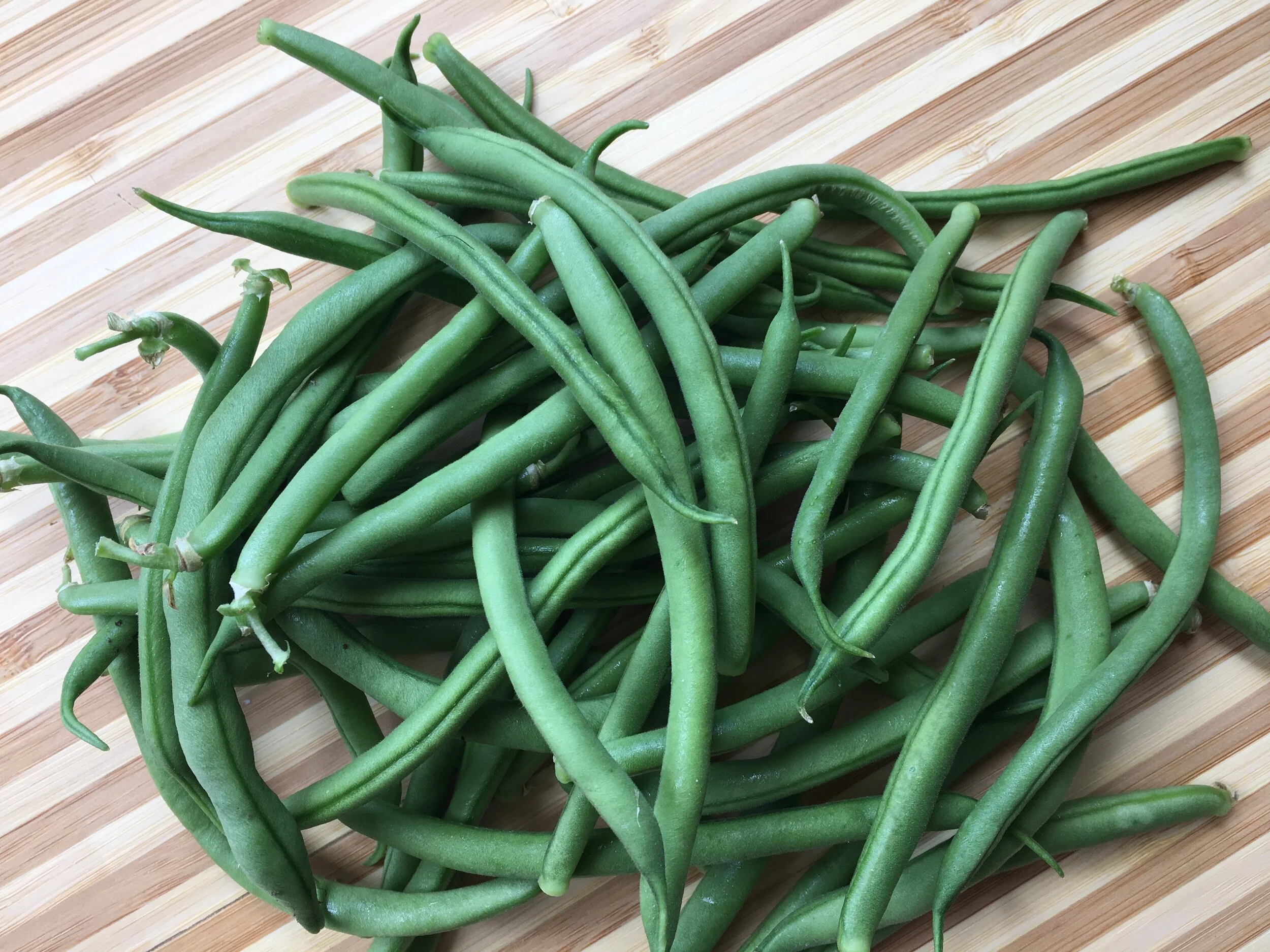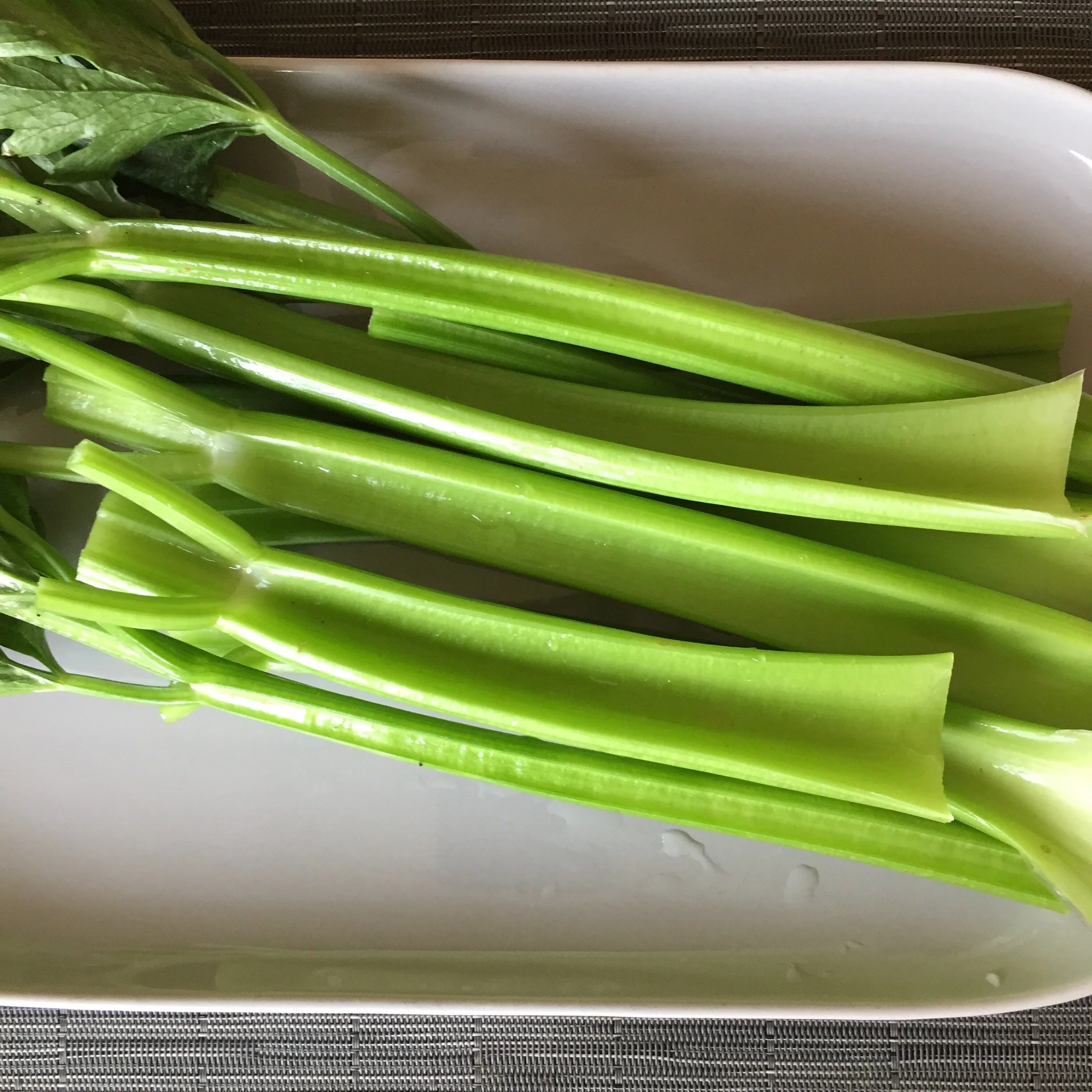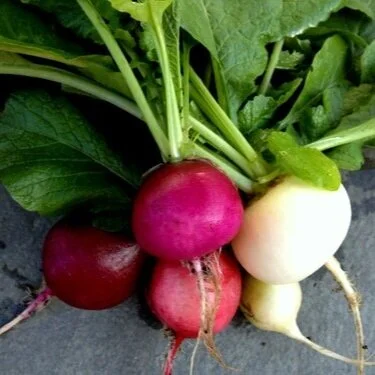Succession Planting
Succession planting is simply adding new vegetables (or flowers) to the garden as space opens, keeping your garden more productive. Successive plantings can be done on a regular schedule or when a crop finishes its run.
Harvesting a radish from the row on the left and a successively planted row on the right.
For example, in my winter garden I planted a short row of radishes every two weeks for four rounds. This worked far better than a long row early in the season when they all are ready to harvest at the same time. I’ve had radishes for salads for three months.
I grow arugula year-round—in the ground in the winter garden and then in containers from late spring through early fall. Since arugula is ready from seed in about 30 days, when I take my first cutting, that is the reminder to replant. I usually get three to four cuttings from arugula in a container.
Admittedly, I’m not great at succession planting, often bemoaning bare spots in my garden and ambivalent about what could be planted to mature before the next seasonal crop goes in. This year, with more time to devote to the garden I’ve been attentive to opportunities to do successive plantings.
After my eighteen cauliflower plants yielded their gorgeous heads, I had lettuce, calendulas and bunching onions ready to fill the space.
Inserting this photo reminds me that I should be planting some of the warm weather lettuce varieties for the spring.
Some additional resources on succession planting.
For USDA Zones 9 and 10 check Succession Planting Guide and San Diego Seed Company’s Comprehensive Planting Chart for Zones 9 and 10.
Johnny’s Seeds Succession Planting Interval Chart for Vegetables
The Spruce How to Use Succession Planting in Your Garden
Seattle Urban Farm Company Crop Lifespan which includes succession planting.
The larger your garden the more frequently you’ll be able to replant crops. Those of us with smaller gardens just squeeze things in where and when we can.
Here are some final thoughts on succession planting from Seattle Urban Farm Company.
Succession planting works for all sorts of crops beyond salad greens. We like to think about our crops by their lifespan: short-season, half-season, and long-season. All short-season crops can be planted in successions, but so can half and long-season ones. Half-season crops like broccoli and bush beans are great candidates for succession planting. Since they only take about half of the growing season to mature, it’s easy to get at least 2 plantings in, even with a small garden. If you have a lot of space to work with, you can plant half-season crops every few weeks and really stretch out your harvest season.
You can also read my blogpost a few years ago Succession Vegetable Gardening.










